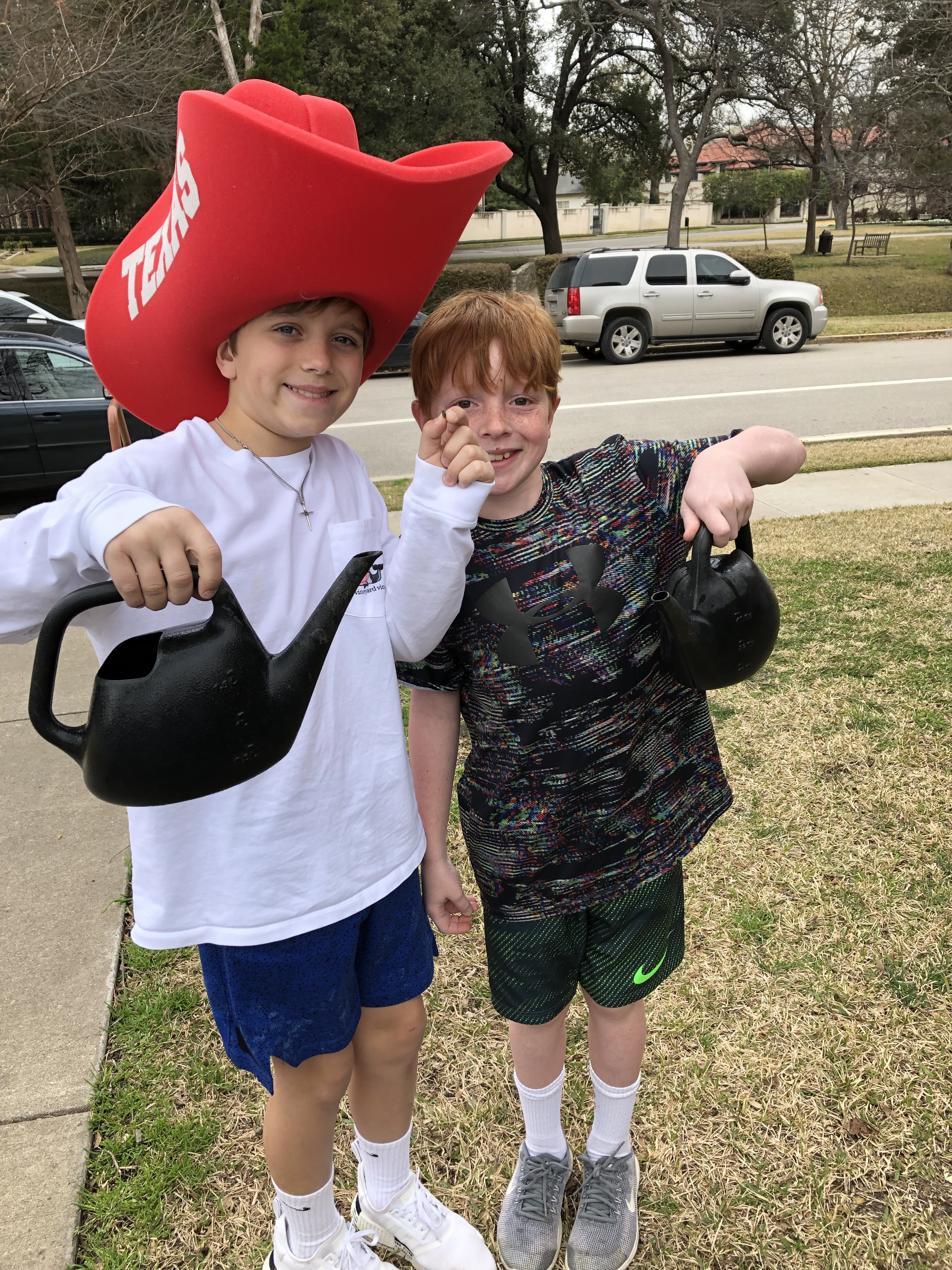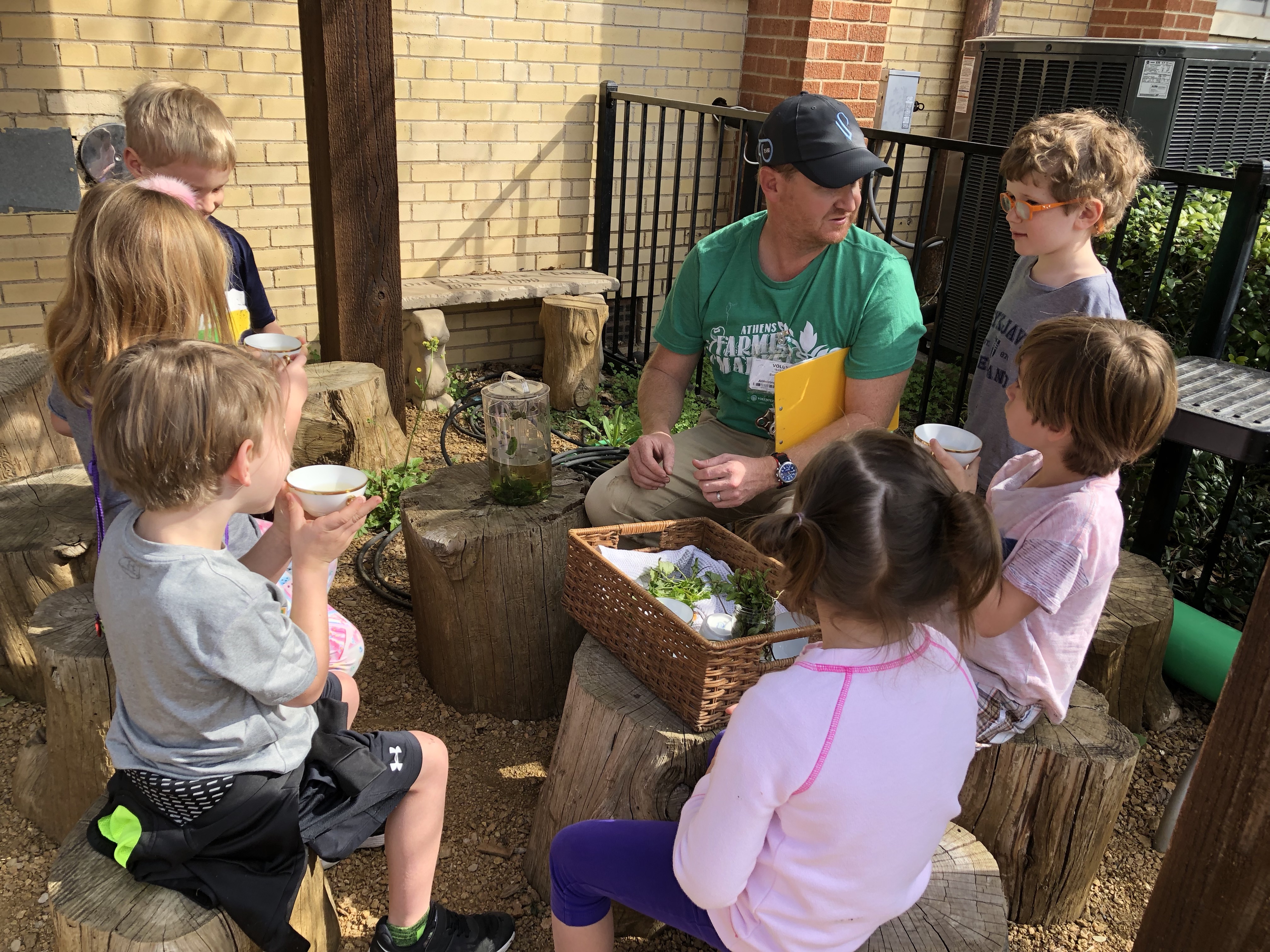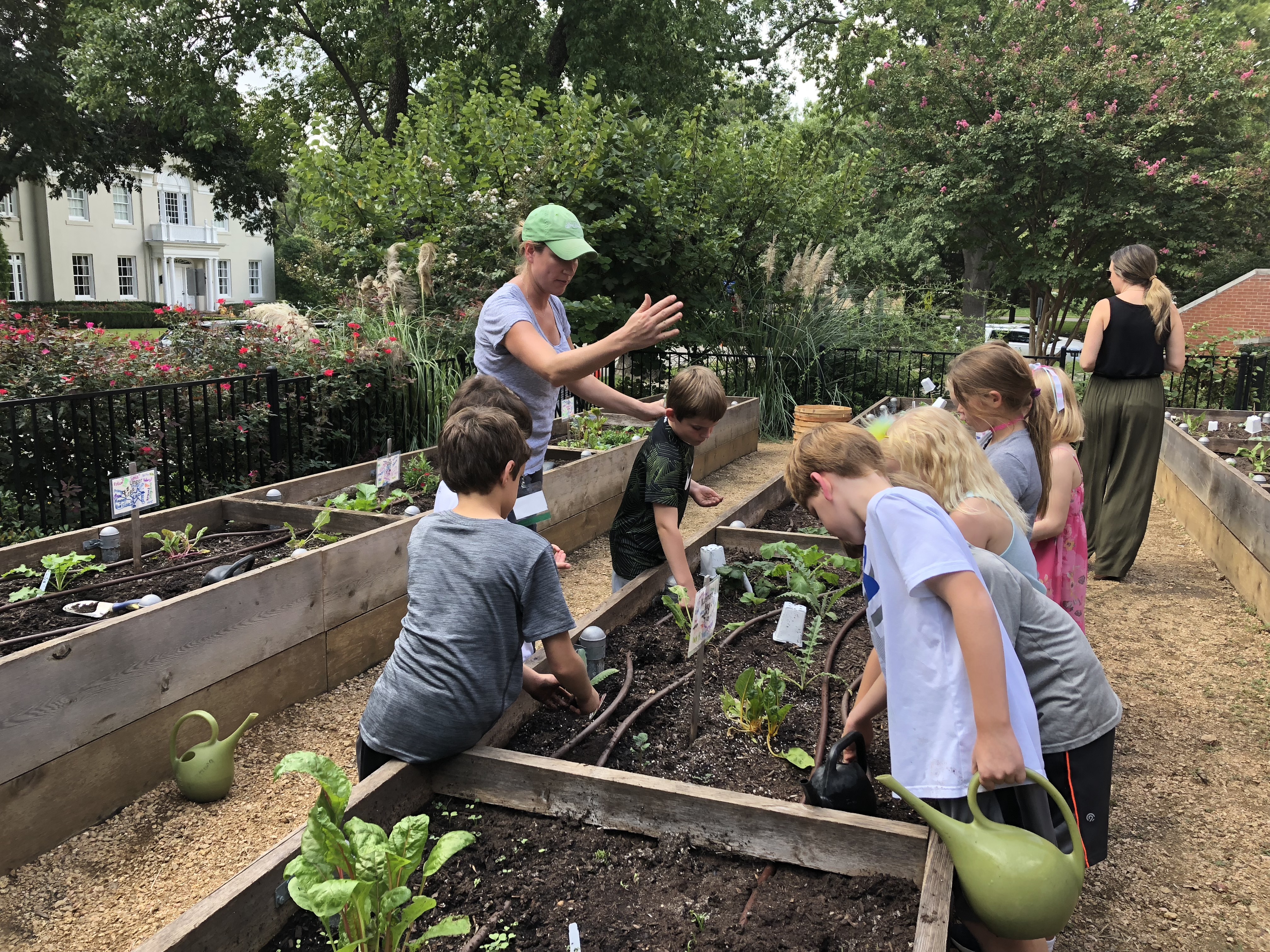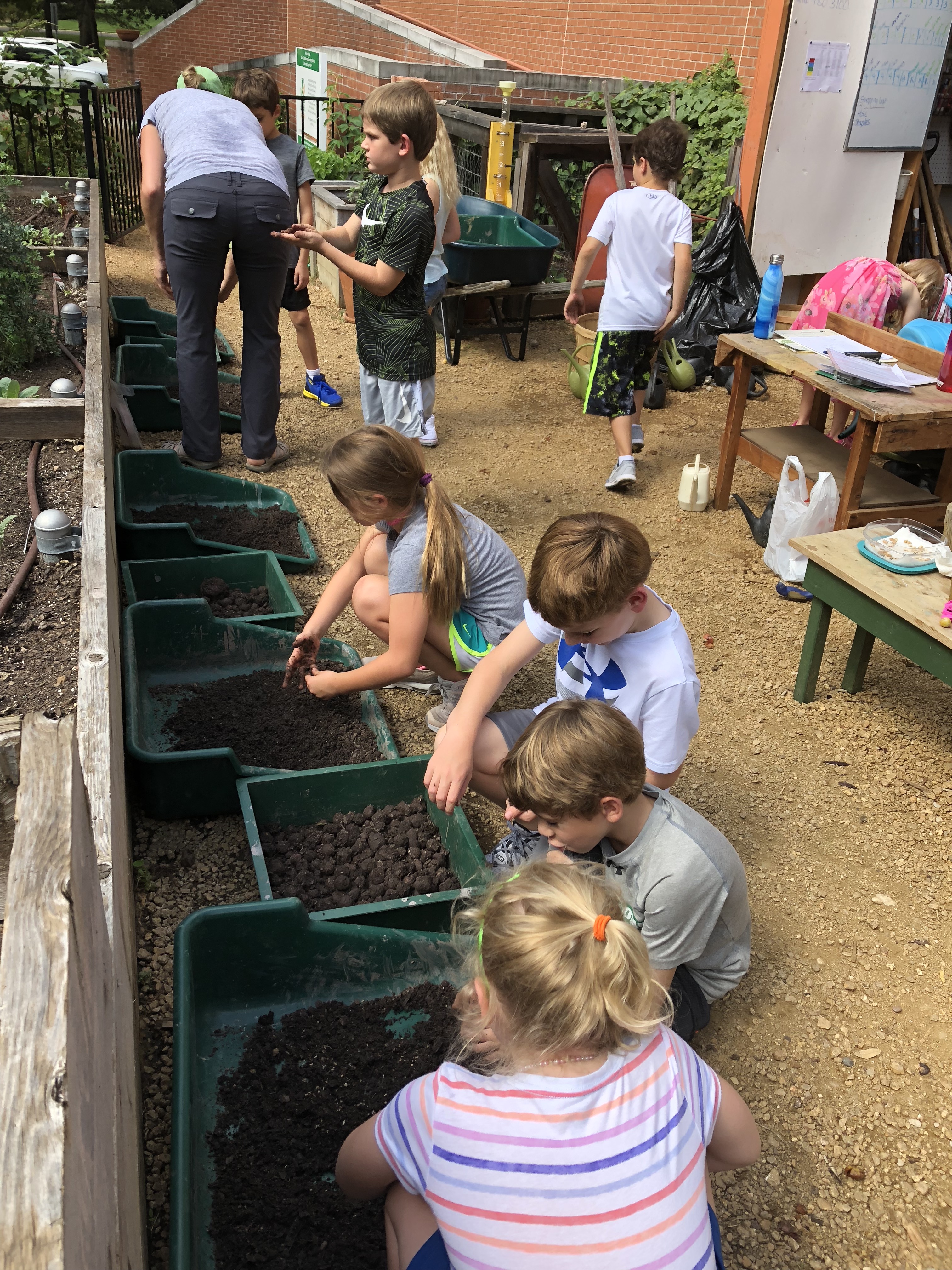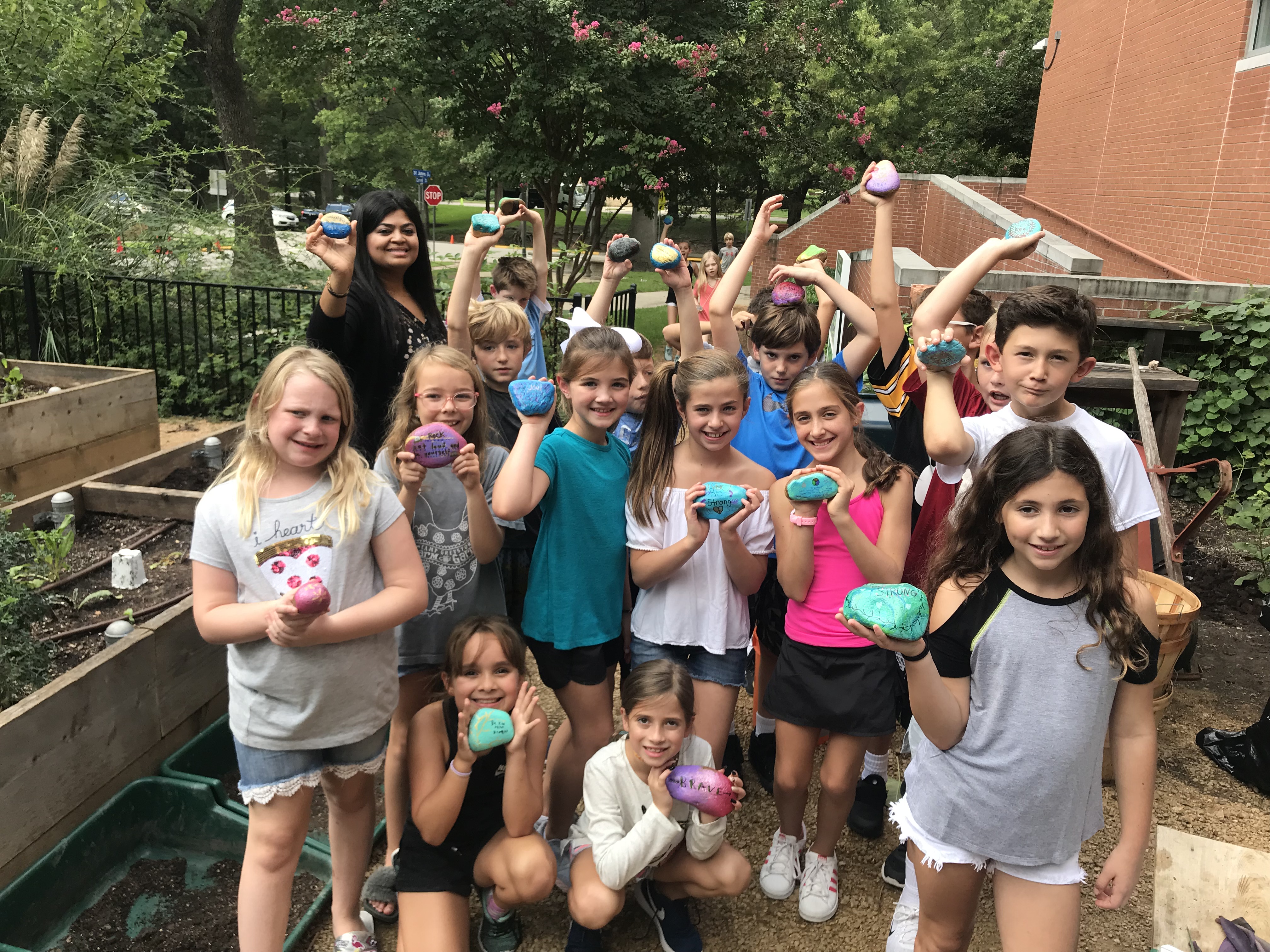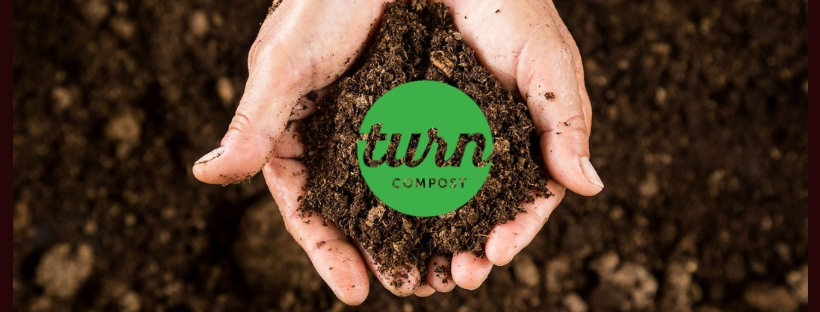Dear Families of Armstrong,
We are delighted to bring you the garden lessons to enjoy at your homes during our current pandemic. Armstrong students are great gardeners and gardening is a proven stress reliever. We hope you enjoy these lessons and we will publish a new lesson each Tuesday on the Armstrong Arboretum site. Please feel free to leave questions for us and we will enjoy answering them and hopefully making your experience enjoyable. We are happy for you to share this site with your friends outside the Armstrong family so that they might be encouraged to garden as well.
Next week we will cover composting. You might want to start saving your coffee grounds, fruit or vegetable scraps, as well as grass clippings. We understand that University Park is no longer picking up yard materials, so this lesson might really help get your compost pile started. The students love to work in the compost pile, so you might already have a built in helper and you just didn’t know it.
We have been asked to make sure you know the garden at Armstrong is currently closed, however, you will see these lessons are easily accomplished at home.
Happy Gardening,
Jana Beth and Caroline
armstronggardenonline@gmail.com
The Value of Bugs
Kindergarten, First and Second Grade
Objective: To learn about the value of bugs in our garden
Materials: plants, flowers, magnifying glass
Vocabulary: beneficial insects, pests, predator bugs, pollinators, decomposers
Lesson
The garden draws many bug visitors. We know that butterflies, bees and bugs visit regularly. To every 100 insects that visit, only 3-4 of them are actually harmful. A pest in the garden is a bug that actually harms the plants or you. How can you know which ones are pests, and which ones are good or beneficial? Studying bugs is a good way to learn.
We know that most all insects are beneficial, and they provide a wonderful job in the garden. For example, lady bugs are a beneficial insect, because they eat a bug called an aphid. A lady bug is a predator bug, because they eat a bug that is a pest in the garden. An aphid is a pest in the garden because they destroy or eat our plants. A mosquito, though they pollinate, is a pest in the garden because they can harm you. Some other examples of predator bugs are the praying mantis, dragonfly, spider and lacewing because they too eat harmful bugs.
Let’s think about some of the other good or beneficial insects. Butterflies, bees and wasps are pollinators and by pollinating, we get fruit in the garden. Decomposers, or poopers, recycle in the garden and some examples are the earthworm, pill bug and beetle. They eat, digest and poop dead plant matter like leaves, and then return nutrients to the soil when they recycle it in their digestion.
Questions:
We do not mash or poison bugs in the garden because most of them are helping our plants? Yes
A lady bug is a good bug? Yes
A butterfly is a pollinator? Yes
Keys for finding bugs and worms: Turn leaves over that have holes, turn over pot plants, look near flower blooms, dig in the soil
Let’s have a scavenger hunt and look for
- a bee 2. a flower 3. a bug 3. an earthworm 4. a pill bug (roly-poly)
Releasing Chemicals
3rd and 4th Grade
Objective: To learn about good bugs and bad bugs and understand the purpose of reducing the use of chemicals to control pests
Materials: any color of food coloring, small plant or flower in cup filled with soil, punch a hole in the bottom of the cup, watering can
Vocabulary: IPM, beneficial insects, chemicals, pesticides, insecticide, pollution, seep, toxic
Lesson:
Do an experiment: Hold the cup with soil in one hand and the food coloring in the other hand. Let’s pretend the food coloring is bug poison and sprinkle it on the plant/soil to kill the pretend bugs on the plant/soil. Pour water on the plant and watch how the food coloring (the pretend poison) leaches out into the water the flows out of the hole in the cup. Then explain that chemicals like sprays, powders or liquids that help control pests but may be harmful to people and the environment. The very ingredients that make various chemical products devastating to targeted pests are often highly toxic to other plants and animals as well. Chemicals don’t stay in a precise location when applied. Water and wind move the poison to the surrounding area. When mixed with water, chemicals can seep into the groundwater, affecting rivers streams and well. Evaporations of these same products pollutes the air and contributes to the formation of acid rain. Humans are caretakers of the planet Earth. Many insects eat the harmful insects. For every 100 insects, possibly 3-4 of them are bad. When we apply poison, we not only kill the bad insects, but also we kill the good ones too.
Here is a list of beneficial insects you might kill when trying to get rid of pests.
Butterflies, bees and wasps are pollinators and by pollinating, we get fruit in the garden. Decomposers, or poopers, recycle in the garden and some examples are the earthworm, pill bug and beetle. They eat, digest and poop dead plant matter or material, and that returns nutrients to the soil when they recycle it in their digestion. Also, today we are thinking about predator bugs that eat bad bugs. Some examples are the lady bug, which you can release in your garden, the praying mantis, dragonfly, spiders and lacewing.
Questions:
- Chemicals used on the garden may kill the pests and the good bugs as well. True
- Decomposers, like earthworms eat plant matter and return nutrients to the soil. True
- A bee is a decomposer. False (it is a pollinator)
Here are some ways to control pests without using poison. Go outside and see if you can help control pests in your garden by following this plan:
Plant- marigolds, ageratum, mint, chrysanthemums, basil, lavender, chives and petunias as they give off odors that repel pests
Pull weeds (and get the roots)
Bees – leave them alone
Mosquitos – dump out all standing water
Mice- Store food in tightly closed lid
Flies – Don’t leave the doors open
This process is called IPM or Integrated Pest Management. It is an environmentally friendly way to control pests.
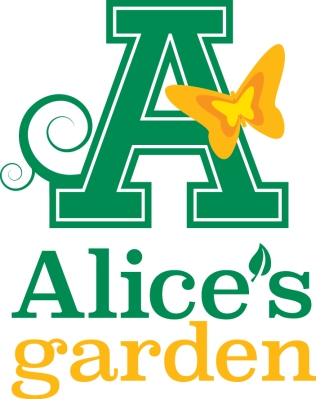
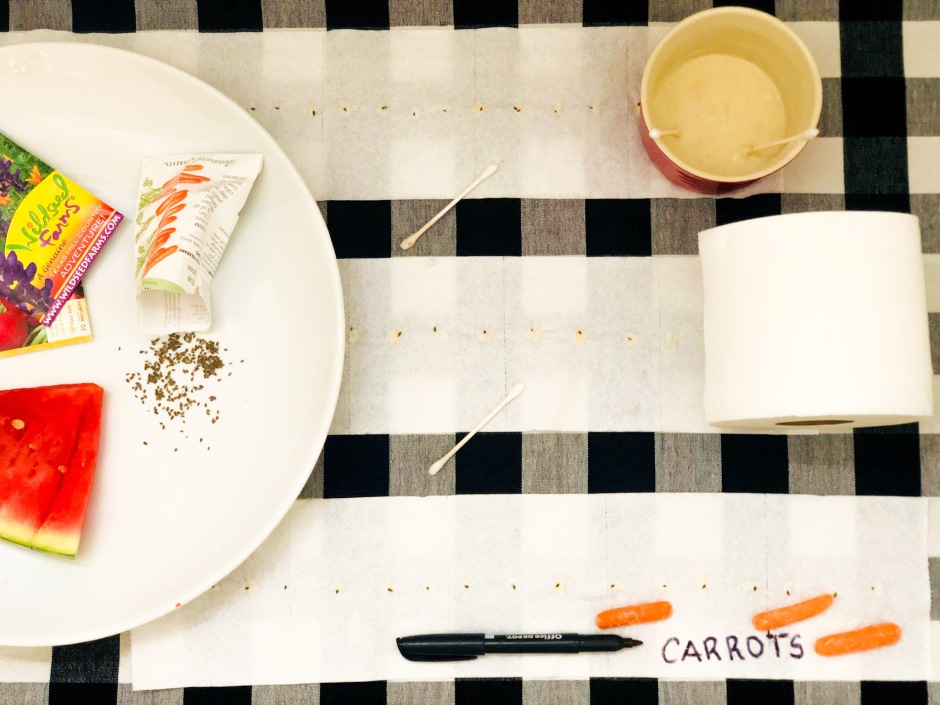

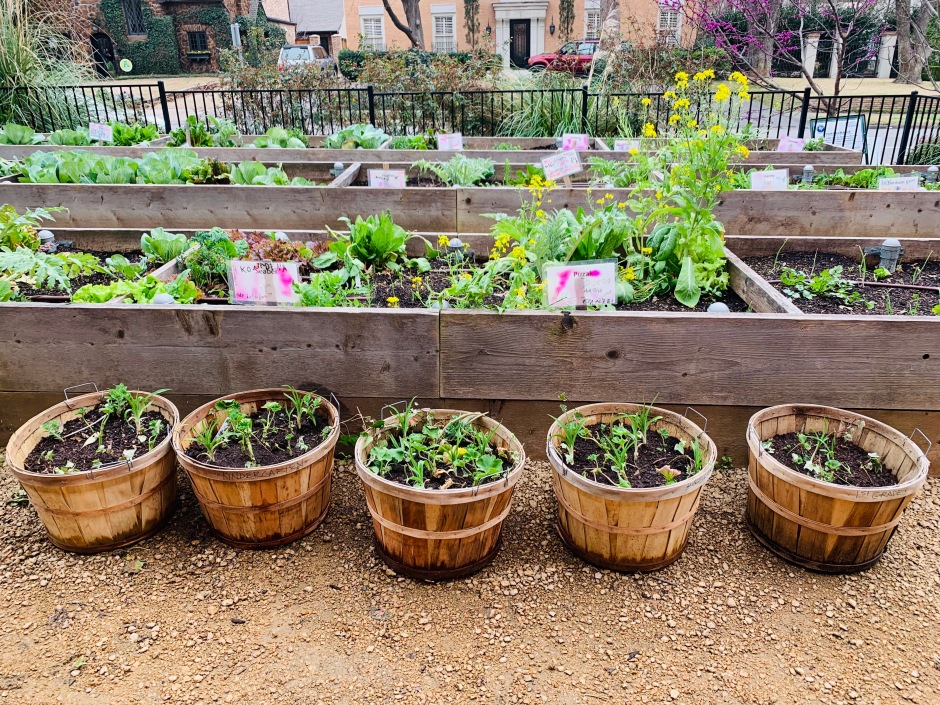












 Students really enjoyed planting snap pea seeds in what one student described as a ‘magic garden circle’ with 2 or 3 sunflower seeds planted in the middle. Our hope is that as the sunflowers grow tall and strong, the snap peas will wind themselves around the sunflower stalks for support.
Students really enjoyed planting snap pea seeds in what one student described as a ‘magic garden circle’ with 2 or 3 sunflower seeds planted in the middle. Our hope is that as the sunflowers grow tall and strong, the snap peas will wind themselves around the sunflower stalks for support.


